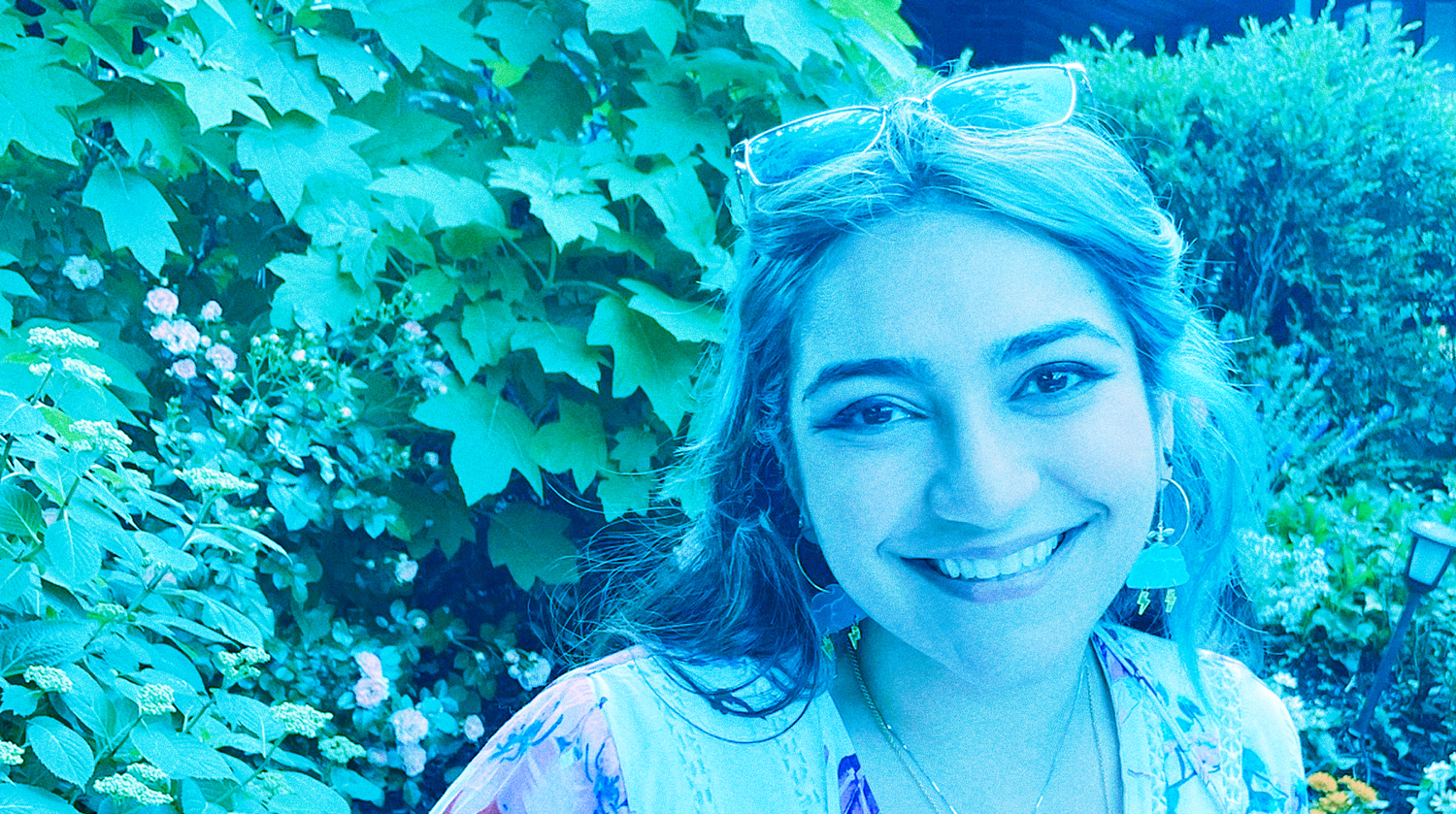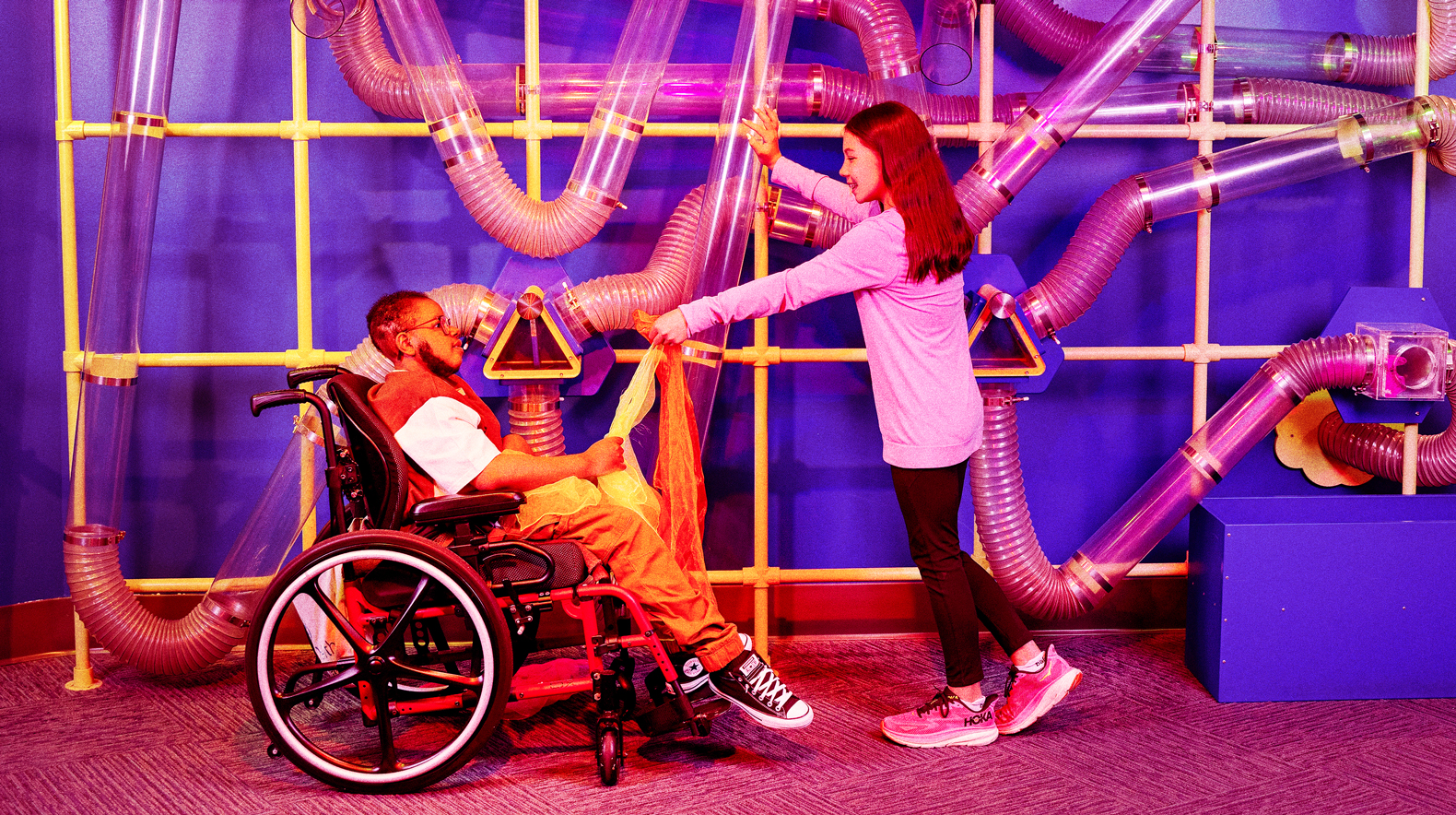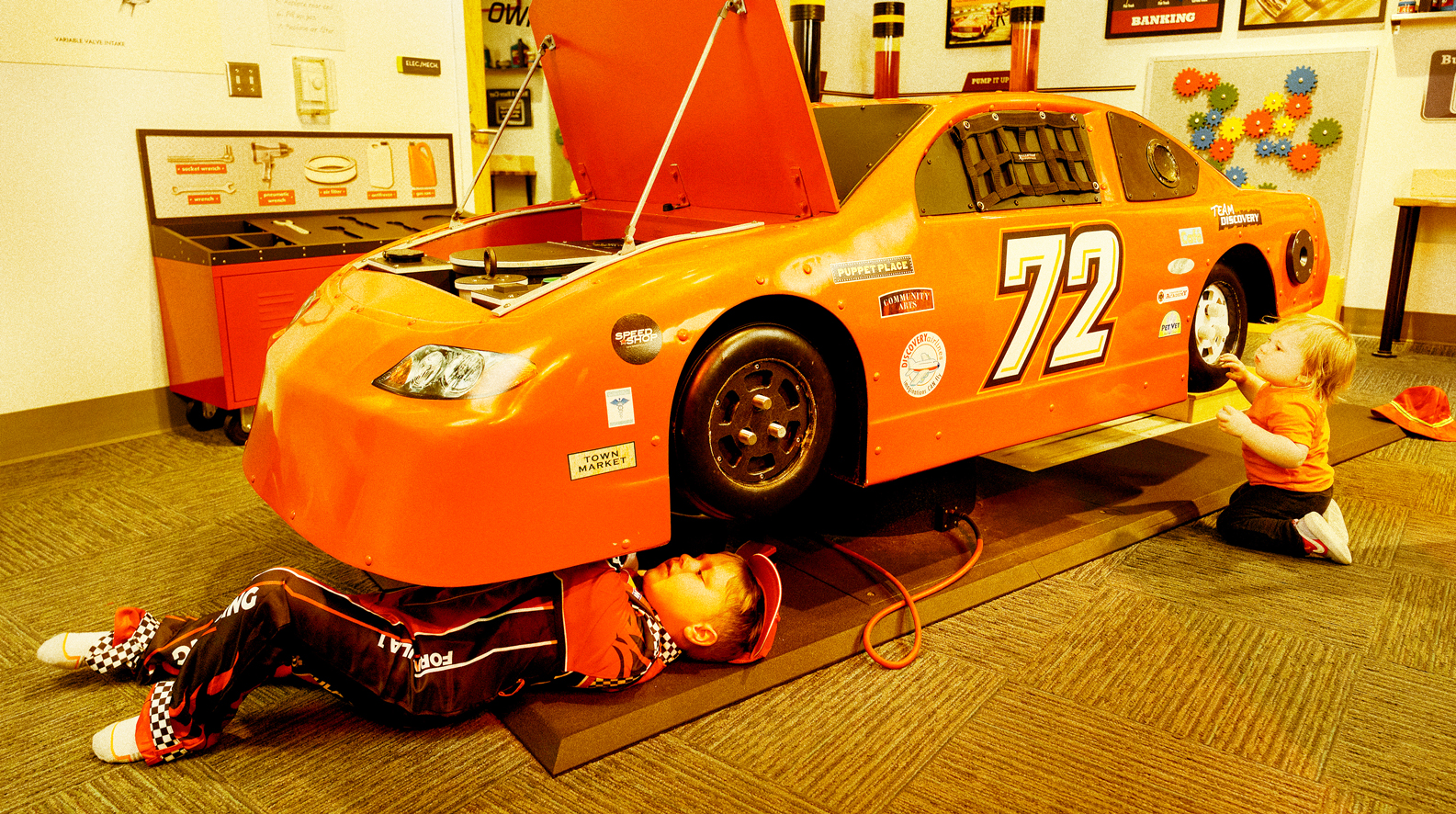
Math Ambassadors: Savita Madan From the Association of Children’s Museums
Children’s museums are spaces for kids to learn about the world through play. From hands-on water stations where children learn about rivers and currents to DIY workshops where they build and fly their own spaceships, these spaces are designed to spark curiosity and joyful learning. But what about subjects that might feel less exciting, like math?
The Association of Children’s Museums (ACM), a nonprofit that helps children’s museums to build capacity, strengthen their work and broaden their impact, is working to help answer that question. Recognizing that early math literacy is crucial for setting children up for future success, ACM has partnered with the Simons Foundation’s Infinite Sums initiative to launch Nurturing Numeracy Skills and Math Literacy in Children’s Museums. This new program will help its members explore ways to support children’s math learning through museum experiences.
A key part of this effort is Savita Madan, program specialist for ACM’s strategic initiatives. She guides projects that help museums pursue long-term growth and impact such as Museums for All, a program that promotes financial accessibility. Working with Infinite Sums, she will help a cohort of 20 small children’s museums develop ways to support children and their caregivers in their math literacy and confidence.
The cohort’s focus on caregivers is a crucial element of the work, Madan says. Rather than designing initiatives on their behalf, museums invite caregivers to share input and feedback to shape programs and outcomes. By working with them to surface local needs, interests and potential barriers, they’re designing content that is relevant and has the potential for lasting impact in these communities.
We recently spoke with Madan about her experience guiding the group so far, the exciting opportunity to elevate the “M” in STEM, and the value of listening to caregivers to design programs that reflect their needs.
The transcript below has been edited for clarity and brevity.
Thanks for joining us, Savita. Can you tell us why a program around math literacy and confidence felt important to children’s museums and what makes it particularly valuable for the field?
Building this program gave us a unique chance to specifically work with smaller children’s museums that rarely have access to opportunities like this. Over two years, we’re supporting a cohort of 20 museums in creating math engagement and confidence-building experiences for children and their caregivers.
One of the best parts of this program is that its structure reflects our ethos: starting by listening to community caregivers and understanding what their needs are and what is not being met, and then working together as a cohort and as a learning community to come up with solutions to fill the gaps.

How is this program challenging participants to create new and meaningful ways to engage caregivers with math?
While many children’s museums already center their exhibits and programming on STEM or STEAM, the ‘math’ element often gets sidelined. This program specifically addresses and supports developing caregivers’ math confidence and highlights the impact it can have on their children.
We’re emphasizing the importance of being able to recognize yourself as someone who can engage in math and get excited about math without necessarily having to see yourself as this “professionally trained mathematician.”
A lot of the cohort participants also encountered this personal dilemma and had to figure out how to start to reconsider their own relationship with math so they could in turn support the caregivers in their communities.
We’re approaching the end of the first year of the two-year program — can you share a bit more about the cohort’s journey thus far?
I can’t believe that it’s almost been a full year! We’ve already learned so much along the way. The cohort started out with self-reflection, exploring their own relationship with math and examining their own perspectives.
Then, each museum hosted listening sessions with caregiver groups in their communities to better understand the challenges they face in supporting their children’s numeracy and math confidence. This part of the process allowed each museum to focus on particular groups within their community — for example, the Duluth Children’s Museum in Minnesota was especially eager to hear from and partner with teen parents to gain deeper insights into their experiences and perspectives when it came to supporting their children with math.
Afterward, they reflected on what they heard in their sessions, identifying key themes and areas where they, as the local children’s museum, were especially well positioned to step in to make an impact. They then came together as a cohort to talk about what they heard and brainstorm ideas. With guidance from content experts, they started to develop initial theories about what they could create to address some of the identified needs and gaps in their communities.
Over the summer, everyone moved into prototyping their pilot ideas and gathering more feedback from local caregivers. Asking questions like, “is this actually creating the effect that we were hoping for? Were there challenges that arose that we didn’t anticipate?”
And now we’re coming together as a cohort to talk about different ways they might refine their prototypes, incorporate feedback and build on what they’ve developed. It is all a very collaborative and iterative process!
I love that! Can you share some of the insights that emerged from the listening sessions with the caregiver— did anything stand out as surprising or unexpected?
Some of the more expected takeaways that surfaced through conversations with caregivers touched on their feelings of uncertainty or anxiety when it comes to tackling math problems. One of the more unexpected things folks heard across different listening sessions was that caregivers actually felt excited to engage with their children about math. But it just looks different now than when they learned it.
There was this common sentiment that caregivers didn’t feel like they had a handle on the new methods that are being used rather than the underlying concepts themselves, which causes some anxiety. Along the same lines, feedback also highlighted math-specific language barriers and how they affect caregivers’ comfort levels in these conversations, which was an important takeaway.
Many caregivers felt they didn’t always know what “early math concepts” look like or how to go about them. But we know they’re engaging with early math all around them, even if they don’t realize it. The goal then comes down to filling that gap — providing caregivers with the language and tools to recognize the math they encounter every day so they can spark conversations and create opportunities for their children to engage with math in the routines and spaces they already navigate.

Are there any specific examples of museums addressing caregivers’ hesitations around “new math” taught in schools and the anxiety that can come with wanting to support their kids during this time?
A lot of our current conversations are about this specific topic. For example, they’re exploring questions around how to help scaffold learning and bridge the gap between the math kids will learn in school and what caregivers feel prepared to support. Some folks are developing take-home resources like lending library kits that include math activities and children’s books with math themes for caregivers to do with their kids at home. The idea here is to inspire them to continue connecting everyday experiences to math, helping them recognize these opportunities and take advantage of them.
They’re hoping to introduce sustainable ways caregivers can engage in math activities and conversations with their child, not just at the Children’s Museum or program site, but also at home.
A goal of Infinite Sums is to show that the folks leading these efforts don’t necessarily have to be mathematicians — community-rooted voices can be just as, if not more powerful. How do you see your role as a math ambassador in this program?
I love this question because I’d probably answer it differently now than I would have a year ago. I’ve always enjoyed math, though I never identified as a mathematician. I just knew I liked it and felt confident in it. My first job was as a math tutor, and that’s when math shifted from being just a school subject to something I realized I had a real passion for, especially when it came to sharing it with others. I loved helping people see that math doesn’t have to be intimidating.
This program has given me a chance to reconnect with that part of myself that I hadn’t tapped into in a while. Over the past four years working in children’s museums, I’ve seen how much opportunity there is to create safe spaces for exploring math and to redefine some of the cultural ideas or stigmas around what it means to be a mathematician and who gets to be in that room.
Looking ahead, how do you see the lessons from this program shaping the field of children's museums more broadly?
At the broadest level, we hope to show other children’s museums that math learning can also happen in their spaces. It can become something they highlight, something they identify with, without being too cumbersome. This program focuses on smaller museums — all with annual budgets under a million dollars and most of them only have a handful of full-time staff. If they can bring math to the forefront of their spaces, it really shows that anyone can do it! On top of that, after this we will be able to share the cohort’s learning along with a set of resources to help others kickstart their own math initiatives.
Once our different resources are ready, we hope any museum will be able to look at them and say, ‘Okay, here’s something for a population in my community that could benefit from this kind of program. Or we have a similar exhibit — how can we make it more math-focused and bring parents into the experience?’
Thank you, Savita, for sharing your insights.
Of course. Thank you for asking! It’s really exciting to see it all start to come together.
This interview is part of our Math Ambassadors series, which aims to highlight the diverse range of people leading math engagement work supported by Infinite Sums.